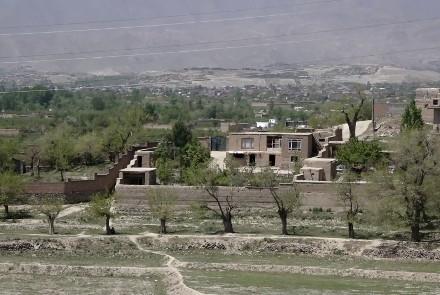Numbers from the World Health Organization and the Afghan government indicate that 105 cases of malaria were reported in the county last year, with over 90 percent of them in the eastern and southern parts; however, the Afghan health ministry said that insecurity and the influx of Afghan citizens from Pakistan have impeded the efforts to prevent the spread of the disease in those areas.
Malaria is a deadly disease, but no deaths were reported from the illness in the country last year.
Public Health Ministry spokesman Dastagir Nazari said the disease is under control but it has not been eliminated.
April 25th is World Malaria Day.
“We should control all malaria cases by 2025 and should announce Afghanistan malaria-free,” Nazari said.
Malaria is a mosquito-borne infectious disease that affects humans and other animals. It causes symptoms that typically include fever, tiredness, vomiting, and headaches. In severe cases, it can cause yellow skin, seizures, coma, or death.
“The malaria mosquito grows in places with still waters. There are rice farms in eastern Afghanistan, especially in Nangarhar and Laghman, where the weather is warm and wet,” said Ahmad Wali Sediqqi, a UN official.
The World Health Organization has set 2025 as a target to eliminate the disease.
“We have made huge strides in combating this global killer, but lately progress has plateaued, particularly in countries with a high burden of disease,” WHO chief Tedros Adhanom said. “We have missed critical targets of the global malaria strategy.”
He said that malaria is a preventable and treatable disease but it kills more than 400,000 people every year.


